Featured Panoramic Photo Above:
Classic Charles Conlon photo of Ty Cobb sliding into Jimmy Austin
Baseball History Comes Alive Now Ranked As a Top Five Website by Feedspot Among All Baseball History Websites and Blogs!
(Check out Feedspot's list of the Top 35 Baseball History websites and blogs)

Guest Submissions from Our Readers Always Welcome! Click for details
Scroll Down to Read Today’s Essay
Subscribe to Baseball History Comes Alive for automatic updates. As a Free Bonus, you’ll get instant access to my Special Report: Gary’s Handy Dandy World Series Reference Guide!
1939 Reds Photo Gallery
Click on any image below to see photos in full size and to start Photo Gallery:
Equal Time for the 1939 Reds!
We’ve all read a lot about the great Yankee teams of the 1930s, especially the 1939 team, which many historians consider one of the greatest of all time. That got me thinking about their National League opponents in the 1939 World Series, the Cincinnati Reds, making an appearance in the Fall Classic for the first time since the ill-fated 1919 Black Sox World Series.
So to give them a little equal time, here’s a nice photo of catcher Ernie Lombardi and four of his teammates from the 1939 pennant-winning Reds. I did the player identifications for this photo when I was working as part of the SABR team tasked with identifying almost 3000 photos found in the Leslie Jones Boston Public Library Baseball Collection. See if you can come up with any names of the other players before looking at the identifications at the bottom of the post.
The Reds lost to the Yankees in the World Series four games to none that year, but came back to win the pennant and World Series the following year, 1940, beating the Tigers. So here today is a few interesting facts about the 1939 Reds; and also some information about their Hall of Fame catcher, Ernie Lombardi, one of the game’s most under-appreciated and over-looked greats.
The 1939 Reds
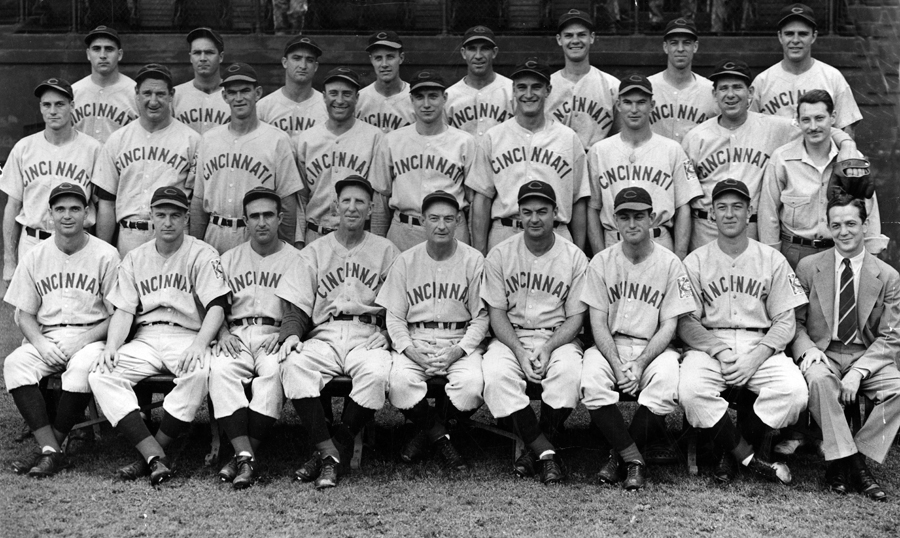
The 1939 Reds, managed by Hall of Famer Bill McKechnie, went 97-57 (.630), finishing 4.5 games ahead of the Cardinals. Their pitching staff was led by Bucky Walters, going 27-11 (.711, 2.29 ERA), and Paul Derringer at 25-7 (.781, 2.81 ERA), the last two 25-game winners for the Reds in the twentieth century. Also on the staff was Johnny Vander Meer of the back-to-back no-hitter fame from 1938. As a team the Reds’ staff posted a 3.27 ERA.
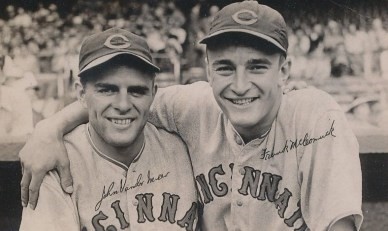
Their offense was led by over-looked star Frank McCormick, hitting .332 with 18 home runs, a league-leading 128 RBIs, and a .374 on-base percentage. This was the second of three consecutive outstanding years for the big 6’4” first baseman, which culminated in his winning the National League 1940 MVP award. During this period (1938-1940), he hit for a combined .322 average, driving in an average of 120 runs, and a combined .363 on-base percentage. McCormick led the league in hits with 209 in both 1938 and 1939.
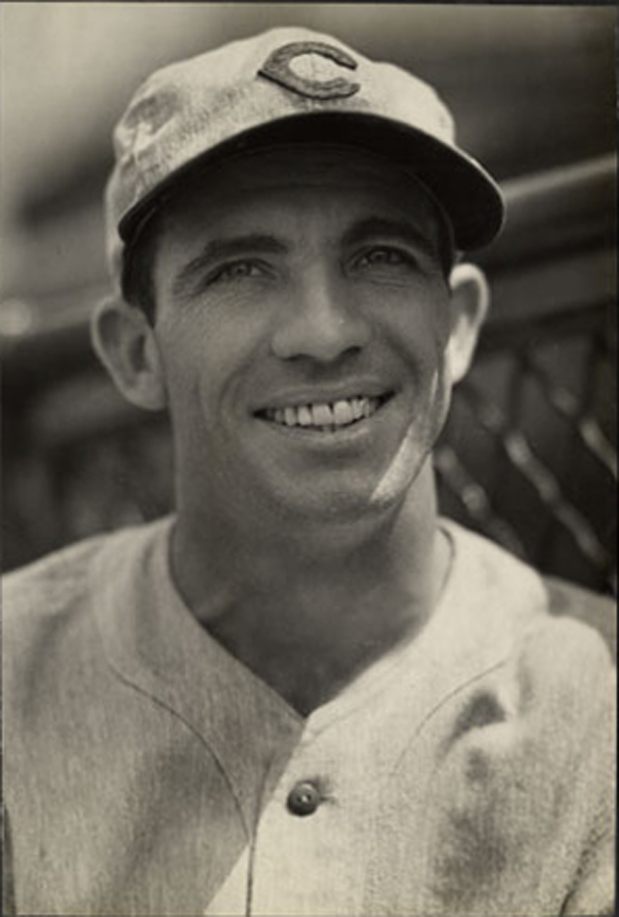
Also overlooked is outfielder Ival Goodman who had a fine year, hitting .323 with 84 RBIs, a .401 on-base percentage, and a .515 slugging average. Future Hall of Fame outfielder Al Simmons — at the tail end of his brilliant career — was an August pickup from the Boston Bees, appearing in only 23 games.
The team represented a good slice of “Americana,” with lots of ethnicities. A sampling includes: Italian with Nino Bongiovanni, Vince DiMaggio, Les Scarsella, and Ernie Lombardi; Irish with Bill McKechnie, Red Barrett, and Mike McCormack; French with “Frenchie” Bordagaray; Jewish with Ival Goodman, Greek with Pete Naktenis, Polish with Al Simmons (born Alois Szymanski), German with Wally Berger and Billy Werber, and Dutch with Johnny VanderMeer. And how about this great baseball name: “Peaches” Davis!
Hall of Fame Catcher Ernie Lombardi
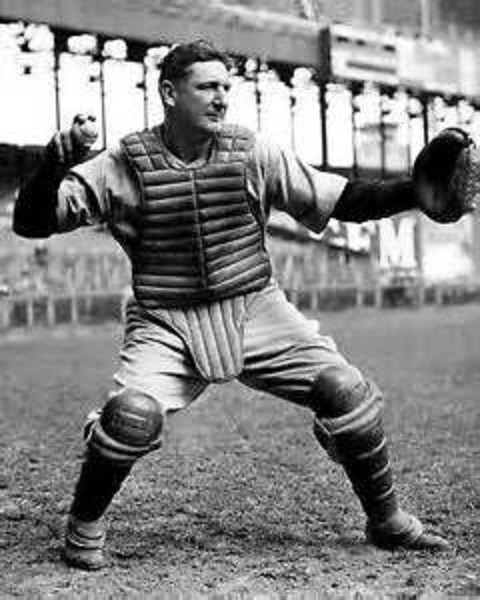
Ernie Lombardi compiled a lifetime .306 batting average over 17 seasons (1931-47), with 190 home runs and 990 RBIs. Only two catchers in the Hall of Fame have a higher lifetime batting average. Lombardi won National League batting titles in 1938 and ’42 (only catcher Joe Mauer has won more), threw out an astonishing 47% of potential base stealers, and was known as a great handler of pitchers.
He became a national star in 1938 when he hit a league-leading .342 with 19 home runs, drove in 95 runs, and won the National League’s MVP award. He was a World Series champion in 1940 with the Reds and had the distinction of catching both of Johnny Vander Meer’s back-to-back no-hitters. Lombardi made eight All-Star game appearances and is included in Lawrence Ritter’s book “100 Greatest Baseball Players of All Time.
The Infamous Lombardi “Snooze”
Ernie Lombardi is probably most remembered – unjustly — for the infamous “snooze” that occurred in the 1939 World Series. During the fourth game in the tenth inning with the score tied and runners on first and third, Joe DiMaggio singled. One run scored as Reds outfielder Ival Goodman fumbled the ball. Yankees’ powerful right fielder Charlie “King Kong” Keller beat the throw to catcher Lombardi and inadvertently hit Ernie in the groin, rendering him in pain and dazed. DiMaggio raced around the bases and scored while the ball lay just a few feet away. The press was hugely critical of the sensitive catcher and it came to be known as “Lombardi’s Snooze”.
Lombardi is also remembered, perhaps not unjustly, as one of the slowest runners in the game’s history. To be that slow and still hit .306 over 17 years — you have to a heck of a hitter! He was overlooked by the Hall of Fame until nine years after his death. He died a broken man in 1986, bitter over his snub by the Hall. He was finally elected by the Veteran’s Committee in 1977.
Player Identifications:
L-R: Ernie Lombardi, Ival Goodman, Frank McCormick, Wally Berger, Harry Craft.
Gary Livacari
Photo Credits: Featured photo from the Boston Public Library Leslie Jones Collection, and Public Domain.
Biographical information edited from the Ernie Lombardi Wikipedia page. Statistics from Baseball Reference.com
Subscribe to our website, Baseball History Comes Alive with over 1400 fully categorized baseball essays and photo galleries, now surpassing the one million hits mark with 1,148,000 hits and over 950 subscribers

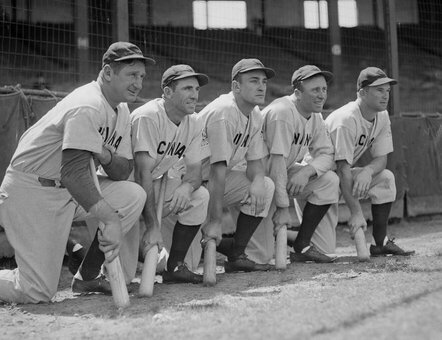
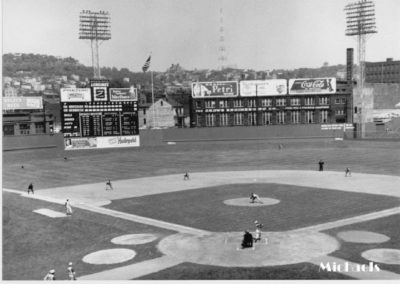
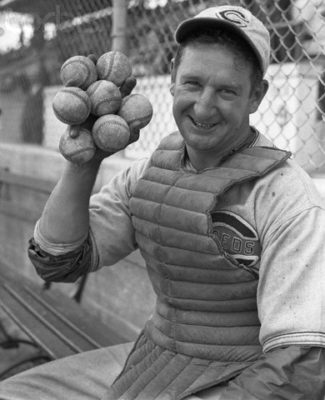
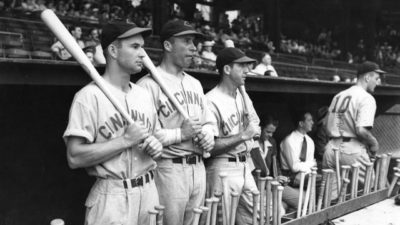
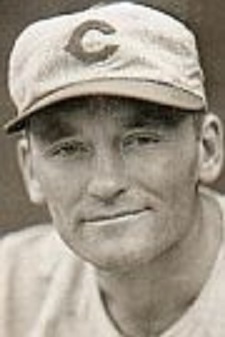
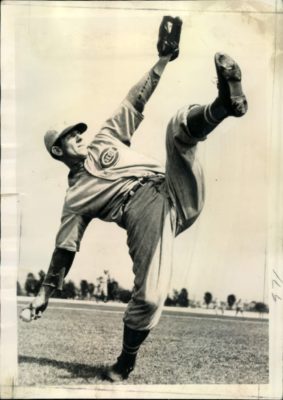
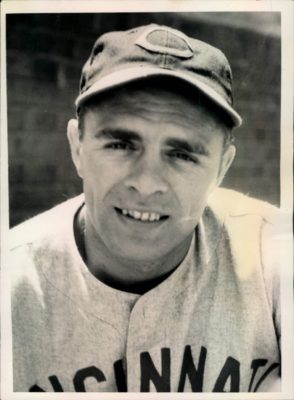
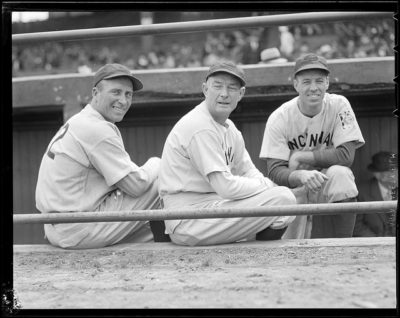
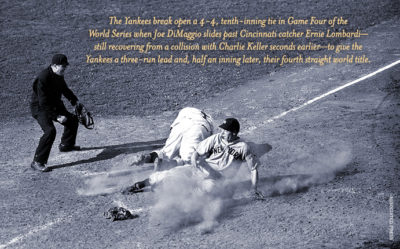
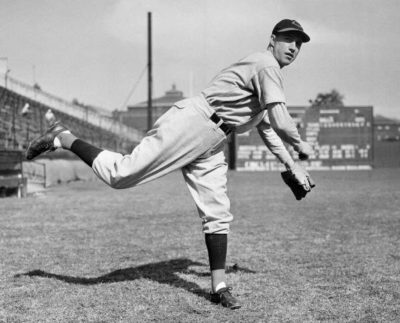
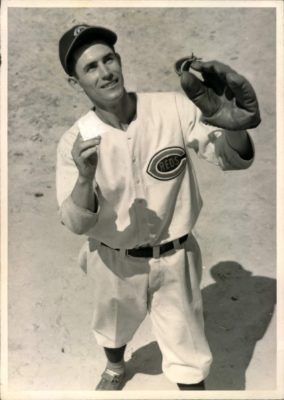
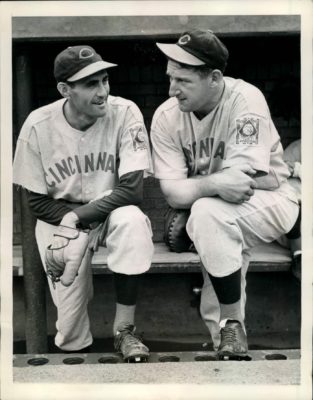
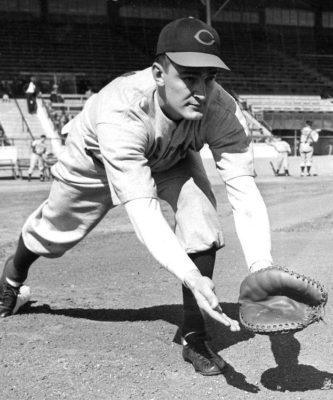
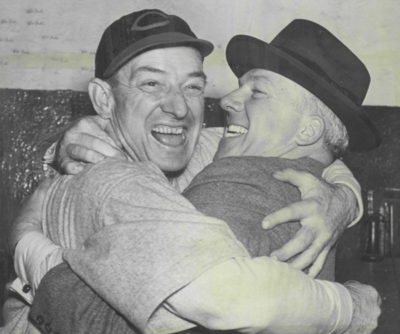
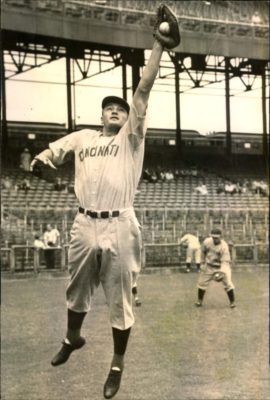
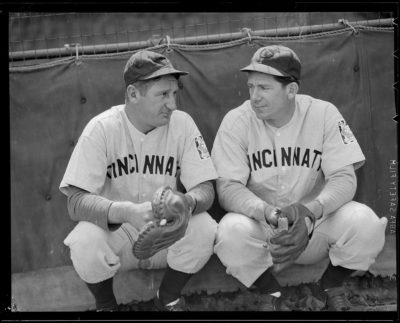
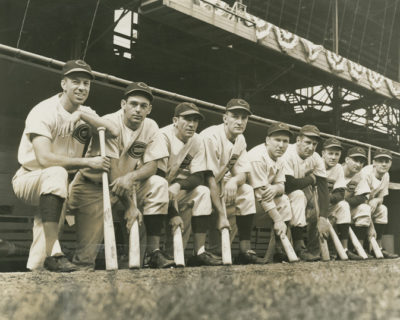
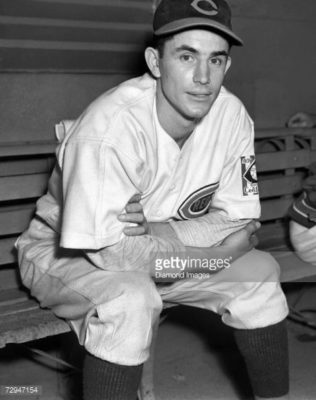
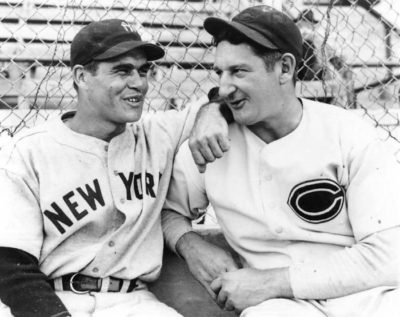
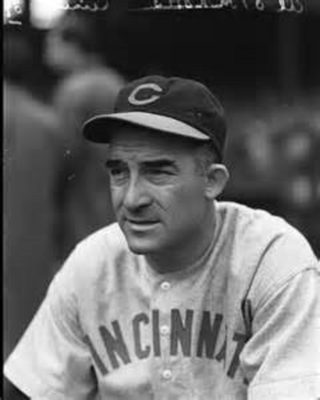
Great article!
It’s pretty sad to read that Ernie Lombardi died a ‘broken man.’ With stats like that, what in the world kept him out of the HOF before he died?
Thanks Ray!
I love articles about the under appreciated. Great job. However, in your recounting of the ethnicities of the players you missed one: Al Simmons, born Alois Szymanski, a name close to my heart. Some say he was the greatest Polish-American ball player, even better than Stan Musial. Their comparative career stats are Musial, 475 HR, 1951 RBI, .331 BA, .559 SLG, .976 OPS; Simmons 307, 1828, .334, .535, ,915. Musial had about 2,000 more plate appearances. Close.
Thanks Vince. Your right about Al Simmons. I forgot about how his name was Americanized. I’ll add him in!
I love these profiles of lesser known teams and players. Frank McCormick, Bucky Walters, and Paul Derringer all are favorites of mine.
Sadly the 1940 Reds beat my Tigers but what the heck, the Reds were a great team and and a great story about a small market team and my hat’s off to them.
Thanks Steve!
You are absolutely right. So much is made of the Yankee Dynasty of the 1930’s spanning Ruth, Gehrig. and DiMaggio that I’ve never given much thought to the other teams. I hadn’t realized the Reds had so many great players. Thanks, Gary.
Sure thing Steve…thanks!